How do archives function?
Archives are a collection of historical documents (ie.
Photographs, letters, etc.) that are kept as a documentation of the people and
events that have taken place throughout history.
What are their purpose?
Public archives are available for use by general public.
Many archives require a small fee if an individual requires a copy of an
archive document. Archive materials may be used for a number of different reasons.
For example, research into one’s family history or inspiration and research
into a photography or history related project.
Private archives such as, personal photo albums, the camera
roll on a mobile phone or private documents such as, birth certificates, can be
used as a way to preserve memories of personal events with family and friends
and for future use for job applications or setting up bank accounts.
How do archives act as repositories of cultural memories of
the past?
Documents in an archive are typically stored in order of
their date, in alphabetical order and type of document. Each document has a
reference number which makes them easy to organise and locate of needed.
Physical documents such as, letters and photographs are often stored in acid
proof boxes and can only be handled with the use of gloves. This is to help
preserve the documents and prevent them from becoming damaged. It is important
to preserve archive documents as they are a vital part of the history of a
culture and its society.
In what way does photography perform a double role within
archives?
In terms of photography, archiving is incredibly important
as it holds two roles for photographers. Foremost, it is a generally a good
idea for a photographer to keep an archive of all of their images. This is so
that they can organise their images based on different projects. However,
archiving can be particularly helpful in showing how they have progressed as a
photographer. They can look back at old projects and look at what they did well
with and where they can improve for the next project.
Archives are also vital when to do research for an upcoming
project. Looking at archive images can provide inspiration and context to the
new project. This allows for a more thought out creative process and may even
take the project in a new direction that had previously been disregarded as un-useful.
How will looking at archival material enrich your personal
study?
I believe that the use of archive materials will be really beneficial
in regards to creating an informative personal study. The personal study is
going to be about my own personal and family archives. This is something that I
am looking forward to beginning research on as I hope to discover something
about my family history that I was perhaps previously unaware of or did not know
much about. Looking at old images will give me an insight into the things that
my parents and grandparents used to do when they were my age and will give me
the opportunity to compare them to what I do during my spare time.
In what way has looking at archives been a resourceful
exercise?
During the visit to the Société Jersiaise, the photography
classes were given the opportunity to look at archives images from the German
Occupation of the Channel Islands from 1940 to 1945 and discover more about how
archives work. Many of the archive
images that I looked at showed the Nazis integrating themselves into island
life. For example, there were several images that showed the German soldiers interacting
with the Islanders and even an image that showed a soldier purchasing a ‘German
to English’ dictionary. We were also given the chance to look at some the ‘Green
Books’ which contained information and detailed drawings and maps of all of the
Nazi fortifications, sea and air defences and landmines.
Personally, I found the trip very useful as it allowed me to
gather a greater understanding into how an archive functions, begin thinking about
how I would like my ‘Bunker Archaeology’ project to look like and finally
understand a little bit better how life was for Islanders under the Nazi rule.
What have you learned?
From this experience I have learned a considerable amount
more about archives and the role they play in preserving the history of a
culture and its people. I have also learnt how beneficial the use of archive
materials could potentially be for my ‘Bunker Archaeology’ project and my personal
investigation.




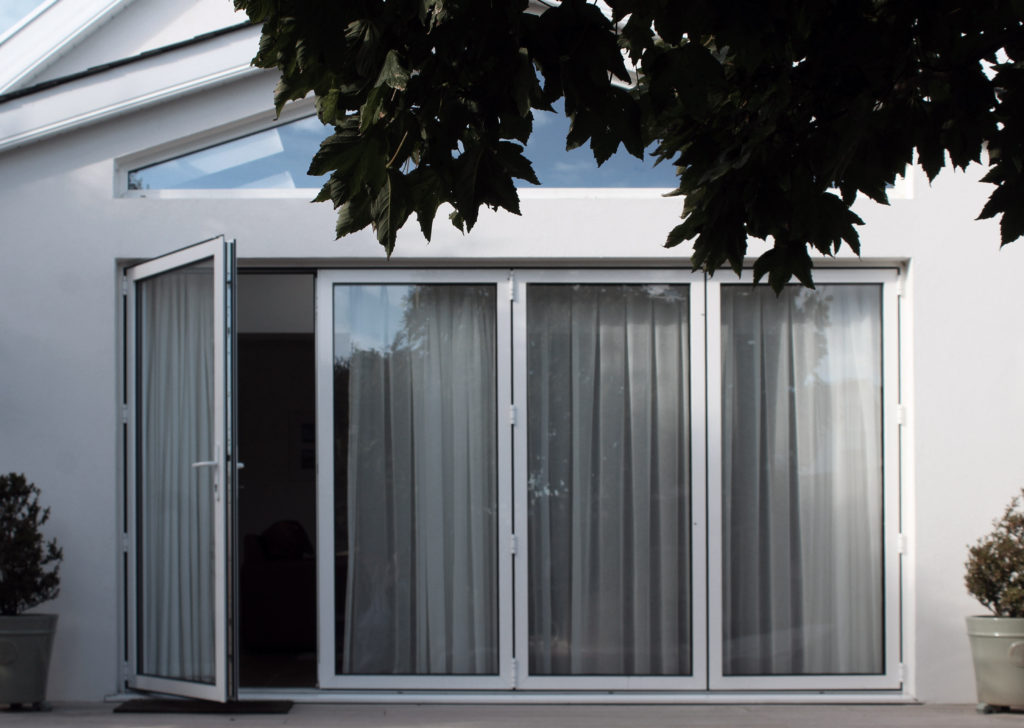
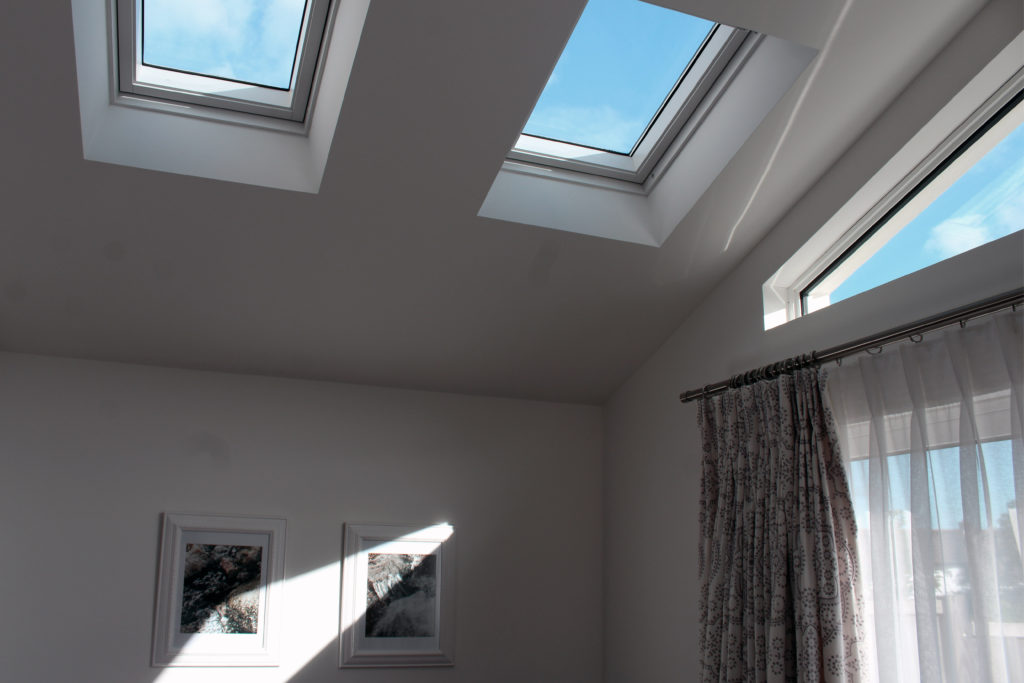



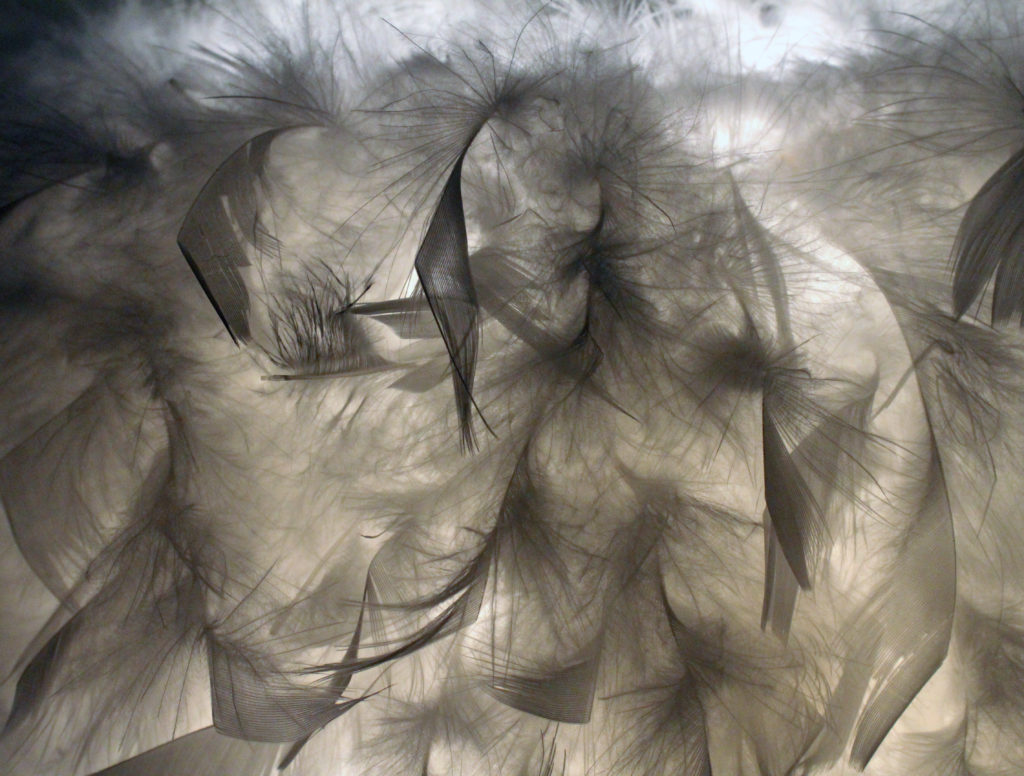






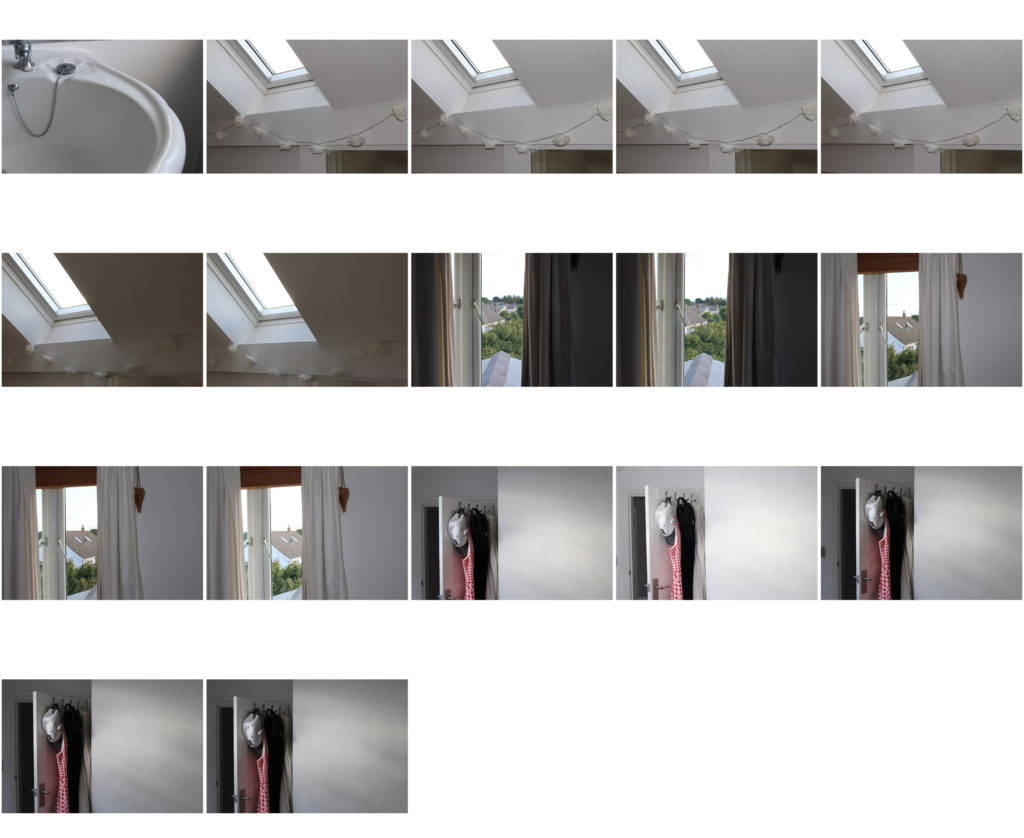

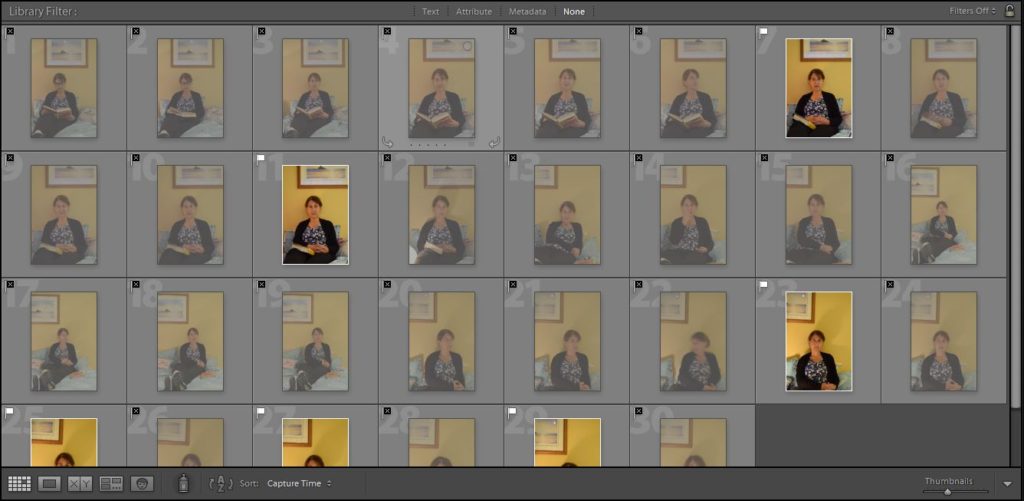
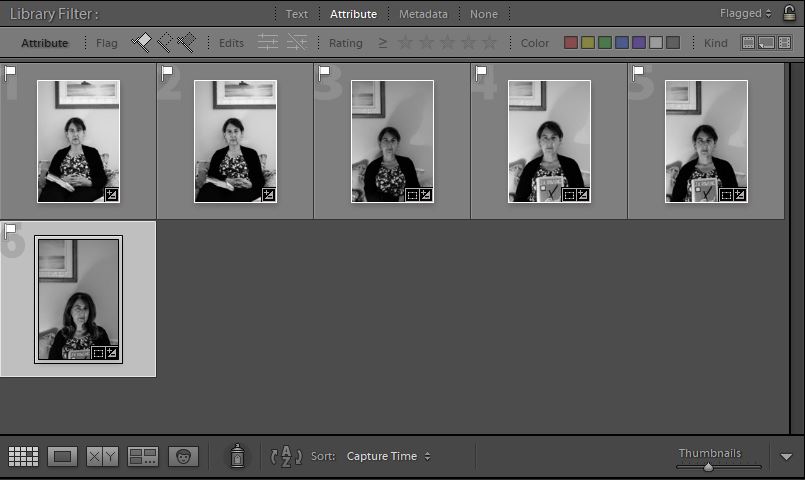



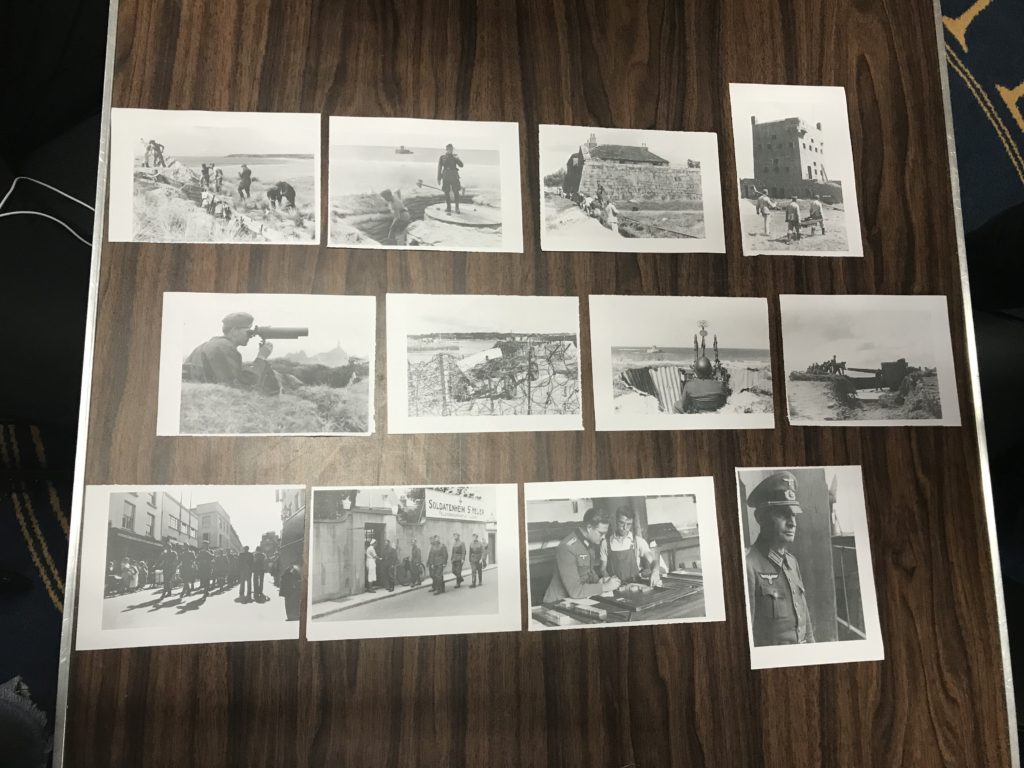



















 I like How the gallery is organised and presented as the spacing between the images allows the pictures to breathe, not overcrowding any walls with images. I believe this was done also to only allow the very best of their work to be displayed to portray the photographers best work better. I do however believe that it would be better to not separate the photographers’ between 2 different rooms as this doesn’t allow viewers to compare and contrast their work under more scrutiny.
I like How the gallery is organised and presented as the spacing between the images allows the pictures to breathe, not overcrowding any walls with images. I believe this was done also to only allow the very best of their work to be displayed to portray the photographers best work better. I do however believe that it would be better to not separate the photographers’ between 2 different rooms as this doesn’t allow viewers to compare and contrast their work under more scrutiny.




